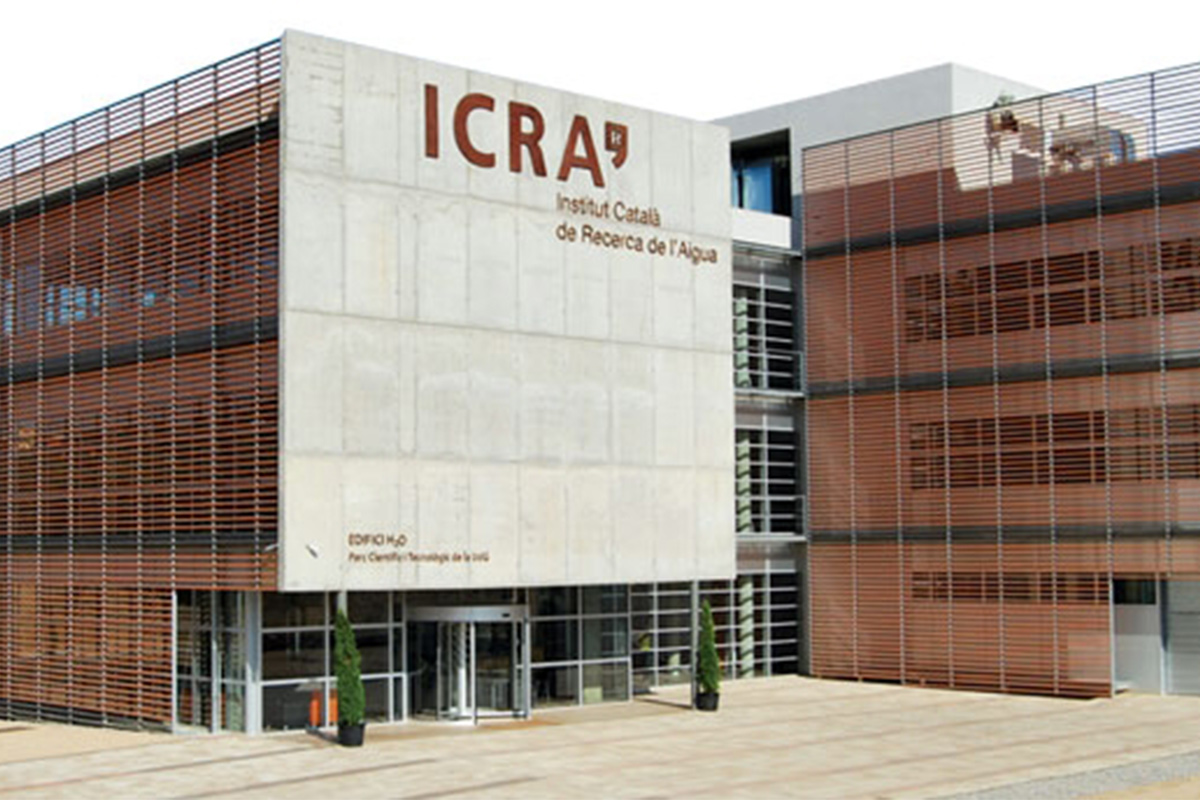ICRA projects GDP to dip 6.5% YoY in Q2FY25
It said, this is due to the heavy rains and weak margins offsetting the buoyancy injected by the turnaround in Government capital expenditure and healthy trends in kharif sowing.
The survey findings showed more HFCs expect a higher growth rate vis a vis NBFCs and, smaller and mid-sized entities expect higher growth rate vis-a-vis their larger peers.

The survey report cited that non-banks would require additional funding lines of about Rs 1.9-2.2 trillion to achieve the above-mentioned growth in FY22. (Photo: IANS)
AUM growth of non-banking companies, including NBFCs and HFCs, are expected to revive in FY22 to about 7-9 per cent vis-a-vis a flattish performance in the current fiscal, ICRA Ratings said on Wednesday.
The segment’s AUM had registered a growth at a CAGR of 16 per cent in the period from March 2016 to March 2020.
Accordingly, the ratings agency conducted a survey across non-banks, involving about 60 entities, which together account for over 50 per cent of the sectoral AUM and about 23 investors.
Advertisement
The survey findings showed more HFCs expect a higher growth rate vis a vis NBFCs and, smaller and mid-sized entities expect higher growth rate vis-a-vis their larger peers.
However, investors have a relatively muted growth outlook vis-a-vis the issuers.
According to A.M. Karthik, Vice President, Sector-Head Financial Sector Ratings, ICRA: “Growth in FY22 is envisaged to be driven by the improvement in demand from all the key target segments vis a vis current fiscal, which was impacted by the Covid-19 lockdown.
“Some of the key segments which would bolster growth include gold loans, home loans, personal credit, rural finance and microfinance. Growth in the vehicle finance, business loans including loan against property and other commercial lending segments, which are closely linked to the economic activities are expected to take longer to register a reasonable revival.”
Besides, the survey report cited that non-banks would require additional funding lines of about Rs 1.9-2.2 trillion, apart from the refinance of the existing lines, to achieve the above-mentioned growth in FY22.
“Growth would be contingent upon the access to adequate funding lines -incremental bank loans to non-banks, considering their high sectoral exposure to the segment, remains to be seen and would in-turn depend on overall bank credit growth,” the survey report said.
“Mutual funds registered some improvement in their exposures to non-banks over the recent past, sustainability of the same, however, is critical,” it added.
Advertisement